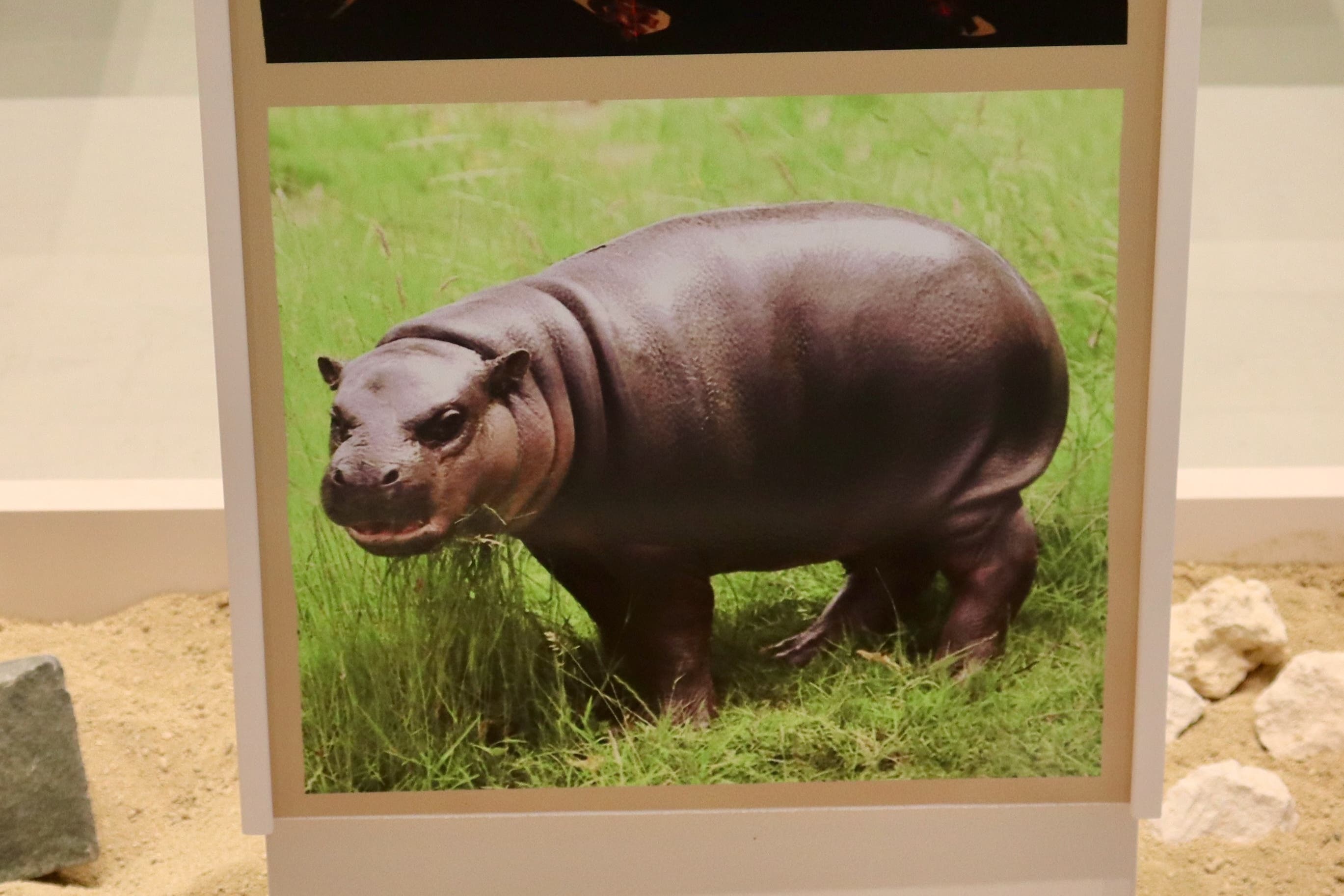Dwarf hippos and elephants in Cyprus ‘driven to extinction by just 3,000 people’
Both animals disappeared within a century after hunter-gatherers arrived, scientists say.

Your support helps us to tell the story
From reproductive rights to climate change to Big Tech, The Independent is on the ground when the story is developing. Whether it's investigating the financials of Elon Musk's pro-Trump PAC or producing our latest documentary, 'The A Word', which shines a light on the American women fighting for reproductive rights, we know how important it is to parse out the facts from the messaging.
At such a critical moment in US history, we need reporters on the ground. Your donation allows us to keep sending journalists to speak to both sides of the story.
The Independent is trusted by Americans across the entire political spectrum. And unlike many other quality news outlets, we choose not to lock Americans out of our reporting and analysis with paywalls. We believe quality journalism should be available to everyone, paid for by those who can afford it.
Your support makes all the difference.A small population of just 3,000 people may have caused dwarf hippos and dwarf elephants in the island of Cyprus to become extinct some 14,000 years ago, scientists believe.
The Mediterranean nation was once home to the 500kg dwarf elephant (Palaeoloxodon cypriotes) and the 130kg dwarf hippo (Phanourios minor) but both disappeared within a century after hunter-gatherers arrived, researchers said.
They argue the findings, published in the journal Proceedings of the Royal Society B: Biological Sciences, challenge the view that a small human population could not have caused such rapid extinctions.
Lead author Professor Corey Bradshaw, of Flinders University, said that mammals such as dwarf hippos and elephants may have been at the risk of disappearing because of “edible meat they provided to the first people on the island”.
He added: “Our research lays the foundation for an improved understanding on the impact small human populations can have in terms of disrupting native ecosystems and causing major extinctions even during a period of low technological capacity.”
A team of researchers led by Prof Bradshaw reviewed archaeological records and developed models to paint a picture of what the hunter-gatherers would have eaten or hunted.
Results showed that a small population of just 3,000-7,000 people would have been enough to drive both dwarf species to extinction.
Dr Theodora Moutsiou, of the Archaeological Research Unit at the University of Cyprus, said that Cyprus was “the perfect location” to test the models “because the island offers an ideal set of conditions to examine whether the arrival of populations of humans ultimately led to the extinction of its megafauna species”.
She said this was because the island is “an insular environment” that “can provide a window back in time through our data”.